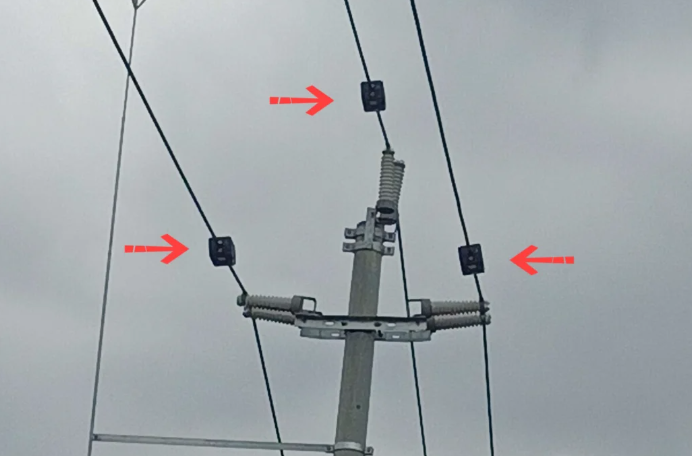Electricity distribution networks cover a number of voltage levels, from high voltage to low voltage, to meet the needs of different users. For example, industrial users may require 10kV or 35kV high-voltage power supply, while domestic users usually use 400V/230V low-voltage power supply. This variety of voltage levels makes the design and operation of power distribution networks more complex. As the "one kilometer" of the power supply system, the reliability of the distribution network has a direct impact on the user's experience of using electricity. In order to ensure the continuity and stability of the power supply, the power distribution network adopts a variety of redundancy designs and automatic protection devices to cope with a variety of unexpected failures. With the construction of digital distribution network, it is especially important to seek for more efficient equipment to realize remote monitoring, fault diagnosis and intelligent scheduling of power distribution network to improve the quality and efficiency of power supply.
Based on this, our companylaunched Distribution Line Fault Location and Diagnosis system DX-WPS100-GZ03, which is the Distribution Network Traveling Wave Fault Early Warning and Locating Device, or Distribution Network Traveling Wave Fault Location Device for short.
Through the direct measurement of the conductor technology, can uninterruptedly capture the conductor frequency, transient current and traveling wave signal subtle changes, at the same time, the depth of the use of traveling wave positioning theory, to achieve high-precision locking of the fault point, the degree of which is far more than the traditional methods, with the algorithm to analyze the multi-dimensional signals in the unique "fingerprint" characteristics, the device can be accurately and precisely! With the algorithm analyzing the unique "fingerprint" characteristics of multi-dimensional signals, the device is able to accurately and precisely distinguish the type of faults, whether it is a short circuit, broken circuit or other complex fault patterns, all can be identified, greatly enhancing the efficiency and accuracy of the work.
Technical Advantages
I. Faulty Line Selection and Traveling Wave Localization
1. Line Selection Method Based on Traveling Wave Monitoring
The method utilizes the characteristics of traveling wave propagation in power lines, and realizes the fast and accurate identification of faulty lines by monitoring the traveling wave signals generated at the instant of fault. Since the traveling wave signal has the characteristics of fast propagation speed and small attenuation, the method is not affected by the factors of line structure, operation mode and transition resistance, and has high sensitivity and strong adaptability.
2. High-precision Sensor Direct Monitoring
The sensor is directly mounted on the conductor, capable of capturing traveling wave signals in close proximity, avoiding attenuation and distortion that may be generated by the signal passing through CT (current transformer) and other secondary equipment during transmission, thus realizing high-precision, high-fidelity restoration of the traveling wave signals, and providing a reliable data base for subsequent fault analysis and localization.
3. Multiple Verification to Enhance Line Selection Accuracy
Adopting the method of amplitude and phase ratio of traveling wave groups, combined with the comprehensive analysis of multi-source signals such as steady state and transient recordings, the accuracy and reliability of fault line selection is further improved through multiple verification mechanisms.
4. By measuring the time difference between the arrival of traveling waves at the monitoring point (instantaneous difference) and combining it with the basic parameters of the line (e.g., length, wave speed, etc.), the location of the fault point can be calculated.
II. Fault Type Identification and Hidden Discharge Warning
1. Fault type identification accurately outputs the identification results of fault types (e.g., lightning faults, metallic grounding faults, ice-covered faults, tree barriers, etc.).
2. Based on the detection of discharge traveling wave and intelligent analysis technology, the discharge activity on the line can be monitored in real time, and an early warning signal is issued in a timely manner when an abnormality is detected, reminding the operation and maintenance personnel to take appropriate measures to prevent the occurrence of faults. This early warning mechanism is of great significance for improving the safety and reliability of the power grid.
Distribution Line Fault Location and Diagnostic SystemNot only can it quickly locate the source of faults and reduce the duration of power outages, but also provide detailed and reliable data support for subsequent fault repair work to ensure the continuity and stability of the power supply, which is an important technological means to safeguard the people's livelihood and demand for electricity.





